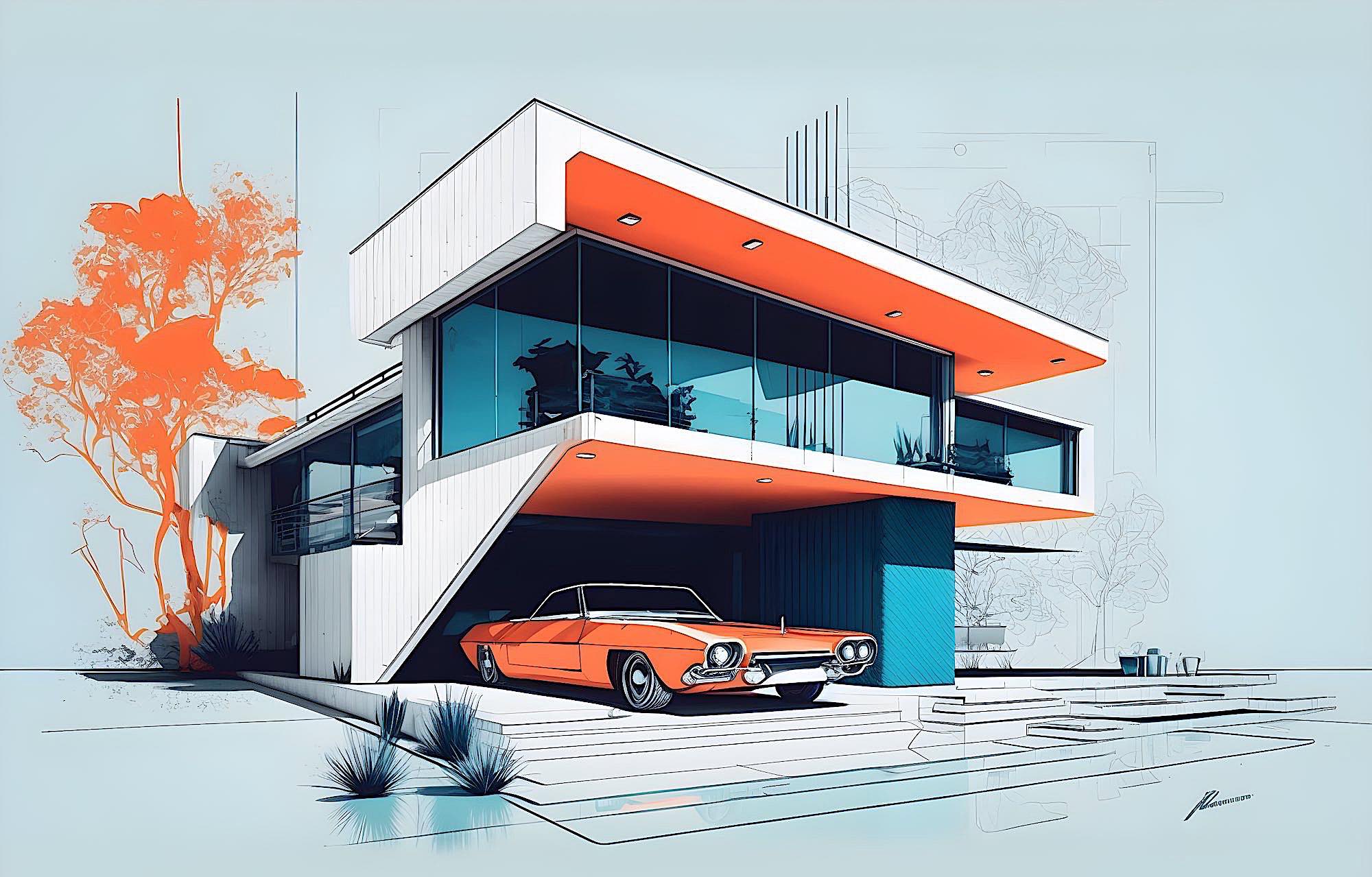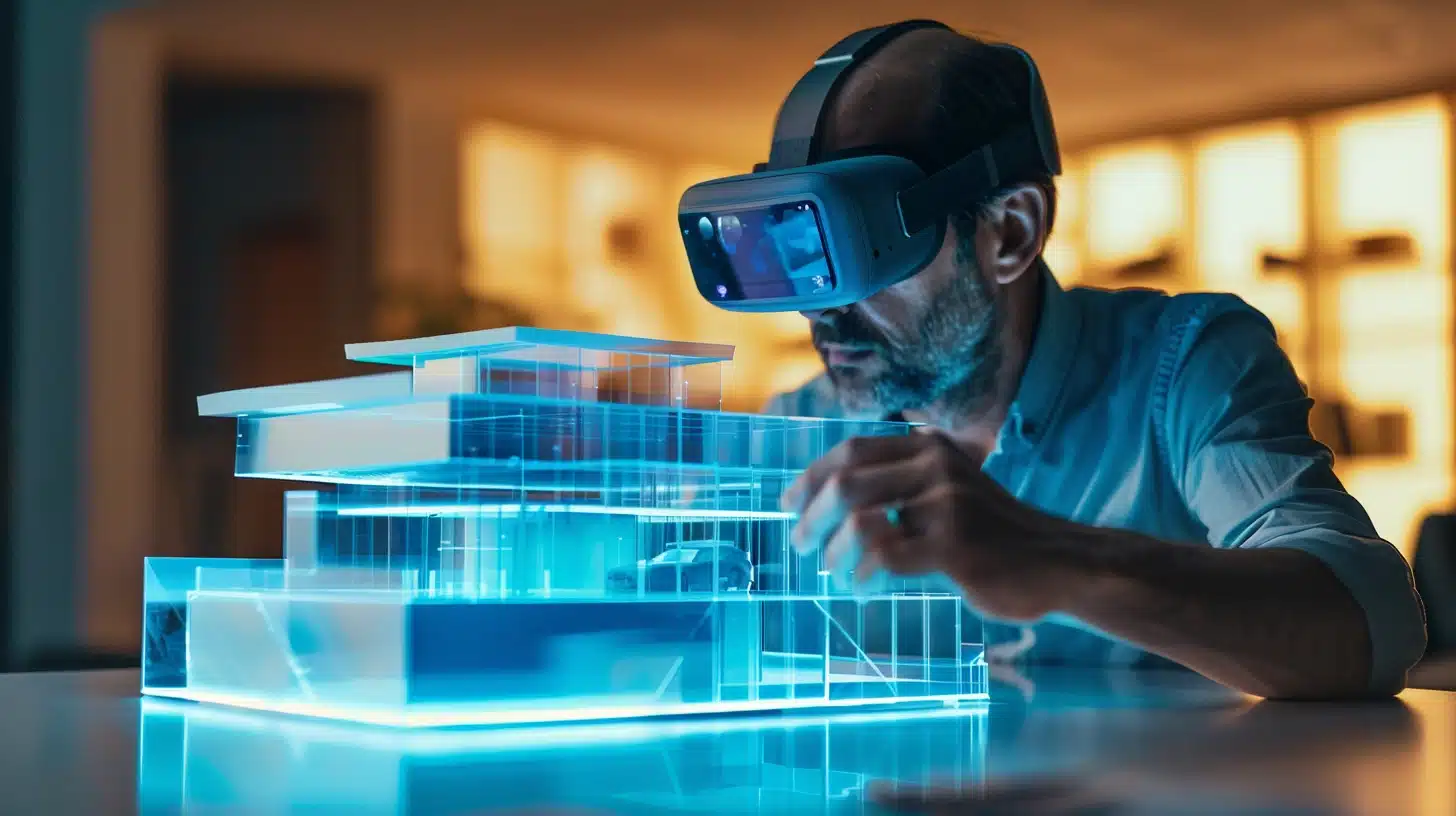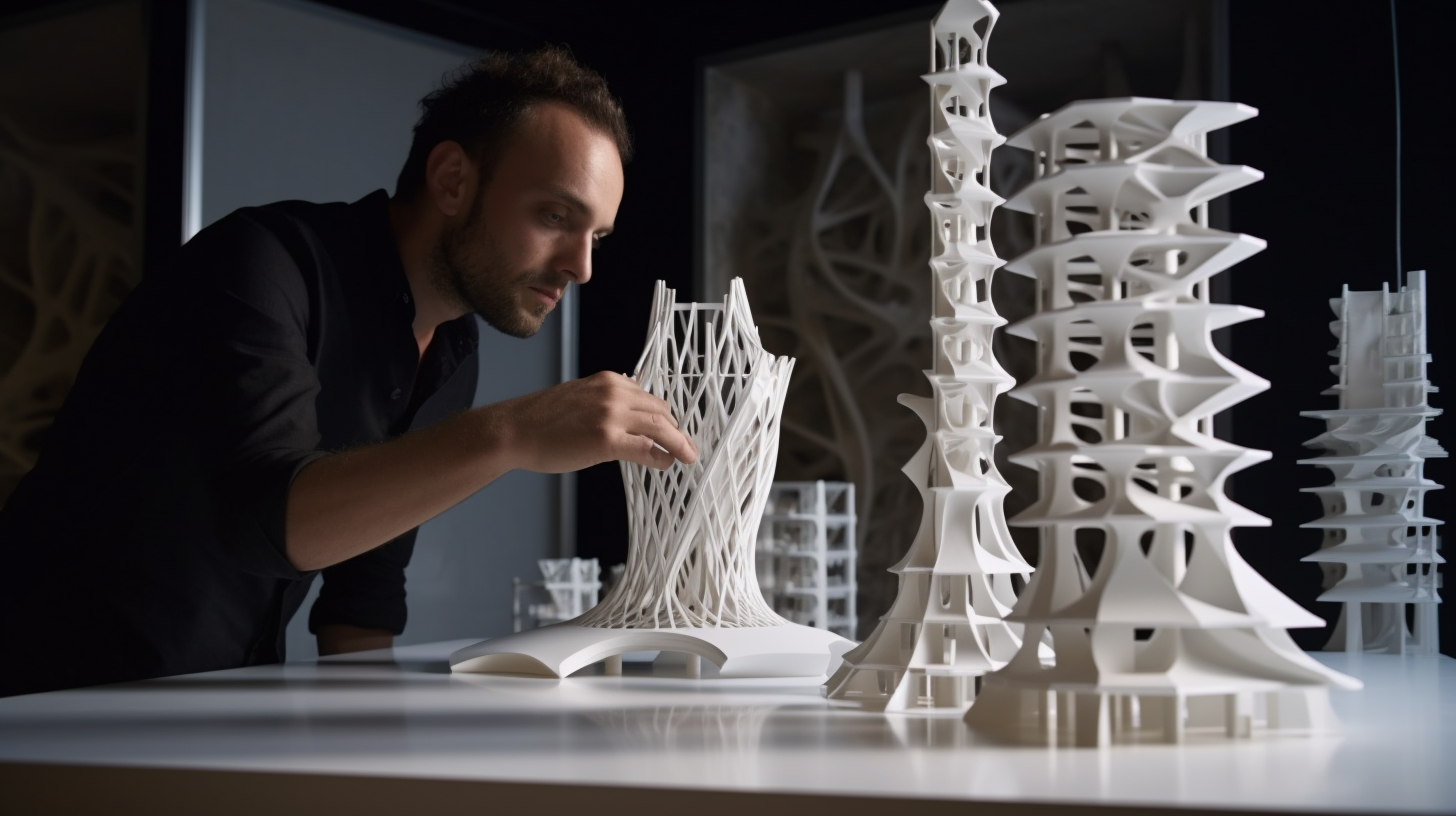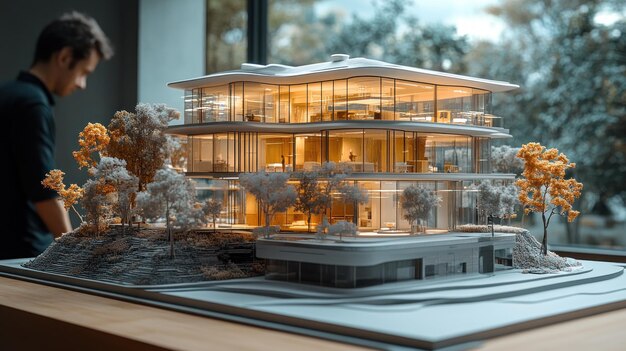How Architects Use 3D Printing to Speed Up Models

Architecture has always balanced creativity with technical precision. In the past, creating physical models of buildings was time-consuming and costly. However, with the rise of 3D printing, architects now have faster, smarter, and more cost-effective ways to bring their ideas to life.
This technology is no longer limited to engineering labs or manufacturing plants. In fact, many architecture firms now use 3D printing for everything from conceptual mockups to presentation-ready scale models. As a result, they can deliver projects faster and with more accuracy.

Why 3D Printing Matters in Modern Architecture
Traditionally, architectural models were handcrafted using cardboard, foam, and glue. These models, although useful, took days—or even weeks—to complete. More importantly, they were difficult to revise once built.
3D printing changes all of that. It allows for quick and precise fabrication of models directly from digital designs. In just a few hours, architects can hold a detailed physical version of their latest concept. This speed enables faster feedback, quicker iterations, and ultimately, better designs.
The Key Benefits of 3D Printing for Architects
Using 3D printers, architects gain access to many benefits:
- Speed: Reduce model creation time by up to 80% compared to manual methods.
- Detail: Print intricate designs with millimeter precision, ideal for complex structures.
- Cost Efficiency: Save on material and labor costs. No need to outsource model making.
- Design Freedom: Create curves, overhangs, and unusual shapes that are hard to build by hand.
- Rapid Iteration: Make quick updates to designs and reprint with minimal effort.
Furthermore, 3D printing makes it easier to present ideas to clients. A tangible model communicates more clearly than a digital render alone. Because of this, clients are often more engaged and confident in the project.
How the 3D Printing Process Works in Architecture
The process begins with a digital 3D model, usually created in CAD software such as Fusion 360 or SketchUp. Next, the file is exported as an STL file and loaded into a slicer like Ultimaker Cura. The slicer prepares the file for printing by generating G-code, which the printer reads to build the model layer by layer.
As a result, what used to take days of crafting can now be done in a single afternoon. Moreover, it reduces human error and increases consistency in models.
Popular 3D Printers for Architects
While there are many models available, a few stand out for architectural use:
1. Bambu Lab X1-Carbon
This high-speed printer is great for producing detailed models quickly. It supports multiple materials and offers high-resolution prints with low maintenance.
2. Prusa MK4
Known for its precision, the Prusa MK4 is ideal for printing fine details like window frames and curved facades.
3. Elegoo Mars 5 (Resin)
For ultra-high-resolution models, resin printers like the Mars 5 are hard to beat. Although slightly messier to use, they deliver stunning detail.
Recommended Materials for Architectural Models
Material selection plays a vital role in model performance. Below are three popular options:
- PLA (Polylactic Acid): Affordable, biodegradable, and easy to print—ideal for conceptual models.
- PETG: Offers flexibility and durability. It’s a good choice for models that will be handled frequently.
- Resin: Best for detailed and presentation-quality models. However, it requires careful post-processing.
Each material has its pros and cons. Therefore, it’s important to choose based on your project’s needs.
Real-World Use Cases
Firms around the globe are already integrating 3D printing into their workflows. For example, Zaha Hadid Architects uses it for complex geometries. Similarly, small design studios are adopting budget printers to produce client-ready models in-house.
Additionally, universities are training architecture students in 3D printing to ensure they graduate with hands-on experience. These use cases prove that 3D printing is not just a trend—it’s becoming standard practice.
Tips for Success with 3D Printing in Architecture
Here are some practical tips to help you get started:
- Use Cura or PrusaSlicer for optimal slicing results.
- Start with PLA to reduce the chance of warping and failed prints.
- Always check bed leveling before each print. This ensures consistent quality.
- Join online forums like Reddit’s r/3Dprinting to learn from other professionals.
Challenges and How to Overcome Them
Although 3D printing offers many benefits, it does come with challenges. Print failures, long setup times, and maintenance issues can be frustrating. Fortunately, most of these issues can be solved with practice and community support.
For beginners, start small. Learn how your printer behaves and improve one step at a time. Over time, you’ll master the process and save countless hours on future projects.
Future of 3D Printing in Architecture
The role of 3D printing in architecture will only grow. As materials evolve and printers become faster, we may even see large-scale components printed for direct use in construction. Companies like ICON are already 3D-printing houses!
Moreover, combining 3D printing with AI design tools could unlock completely new ways of thinking about space, form, and function.
Final Thoughts
3D printing is not just a tool—it’s a game-changer. For architects, it offers a way to build faster, explore more ideas, and deliver better models to clients. If you’re not yet using 3D printing, now is the perfect time to start. With the right printer, software, and mindset, you can take your architectural work to the next level.
Need help choosing a 3D printer for your architecture firm? Contact us for a free consultation and get personalized advice for your needs.
We Are Ready to Help You Now
Our support team is always available to assist you with fast accurate and friendly guidance for any project challenge.
- +91 96295 95638
- sales@arsene3d.com
Our Services
- FDM 3D printing
- SLA 3D printing
- 3D Designing
- 3D Scanning
- Reverse Engineering
- Rapid Prototyping
- Casting & Molding
- Post-Processing




